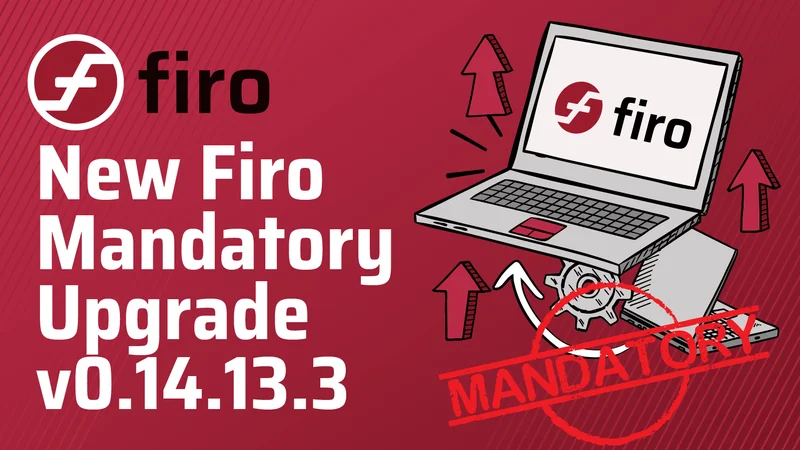FIRO: Smart Water Management or Just Hopeful Hydrology?
California's water management is facing a reckoning. The article on Forecast Informed Reservoir Operations (FIRO) paints a hopeful picture of a future where technology and smart management can mitigate the extremes of flood and drought. But is FIRO truly a game-changer, or just a sophisticated way of kicking the can down the road?
The core idea behind FIRO is compelling: use better forecasting to manage reservoir levels dynamically, releasing water before major storms to reduce flood risk and holding it back during dry periods to maximize water availability. This is presented as a move away from "fixed calendar-based rules," which, let's be honest, sound about as effective as using an abacus to calculate rocket trajectories. The Oroville Dam crisis in 2017, where nearly 200,000 residents were evacuated, serves as a stark reminder of the stakes.
The promise of FIRO is increased water storage without new infrastructure. In a state where building new dams is about as politically feasible as building a new nuclear power plant (read: nearly impossible), this is a major selling point. FIRO, we're told, can also enable more targeted environmental releases, meeting ecological needs downstream. This all sounds fantastic, but let's dig into the details.
The article acknowledges potential challenges, particularly regarding forecast reliability. While meteorological forecasts are improving, uncertainty remains. The use of ensembles and probabilistic forecasts is mentioned as a way to account for this uncertainty, but how effective are these in practice? How do you quantify the risk of a "black swan" weather event that falls outside the probabilistic forecast range?
The article states that "Forecast reliability is very high, particularly along the US West Coast". But what does "very high" mean, exactly? Is it 90% accuracy? 95%? What's the margin of error? And more importantly, what's the potential impact of that error on downstream communities and ecosystems? These are questions that need to be answered with hard numbers, not vague assurances.

The piece mentions that FIRO requires specialized expertise in meteorology, hydrology, and reservoir operations. This isn't just a matter of plugging in a new software program; it requires a fundamental shift in mindset and skillset within water management agencies. It’s a bit like saying a Formula 1 car just needs a driver; without a pit crew, engineers, and a sophisticated understanding of aerodynamics, you're just driving around in circles. How long will it take to train and deploy the necessary personnel, and what will be the cost? And this is the part of the report that I find genuinely puzzling: how can we be sure that organizations steeped in traditional, calendar-based thinking can adapt to this new paradigm?
The article also touches on the importance of tailoring FIRO to local conditions, given the significant variations in climate, topography, and reservoir characteristics across different regions. This means that FIRO can't simply be copied and pasted from one watershed to another. Each implementation requires a customized approach, incorporating local knowledge and addressing the specific needs and concerns of local communities. That is a crucial point. As FIRO to Avoid Water FOMO: How to Save Every Drop with Smart Reservoir Operations in California points out, the promise of FIRO is significant, but its success hinges on careful planning and execution.
Interestingly, the article notes that FIRO-like approaches are being adopted in other parts of the country and around the world, from Seattle to the Tennessee Valley to Australia and Japan. This suggests that the underlying principles of FIRO – using data-driven forecasting to optimize water management – have broad applicability. It's not just a California thing.
However, the success of FIRO in these different contexts will depend on a variety of factors, including the quality of available data, the technical expertise of local water managers, and the political and institutional environment. It's also worth noting that the article doesn't delve into the potential downsides of FIRO. What happens if a forecast is wrong and a reservoir is drawn down too far, leading to water shortages during a dry period? What are the potential environmental impacts of releasing large volumes of water from reservoirs at certain times of the year? These are questions that need to be addressed before FIRO can be considered a truly sustainable solution.
FIRO represents a promising step forward in water management, but it's not a silver bullet. It relies on increasingly accurate forecasts, skilled personnel, and a willingness to embrace new technologies and approaches. While the potential benefits are significant, the challenges are also real. Ultimately, the success of FIRO will depend on our ability to translate hopeful hydrology into concrete results.
The author is optimistic, and that's nice. But optimism doesn't fill reservoirs. FIRO sounds good on paper, but the data needed to prove its long-term viability simply isn't there yet. Let's check back in five years and see if California is still singing its praises—or if they're back to praying for rain.